January 27 stands as one of history’s most eventful days, witnessing the rise and fall of empires, groundbreaking discoveries, and moments that shaped our modern world across centuries of human achievement.
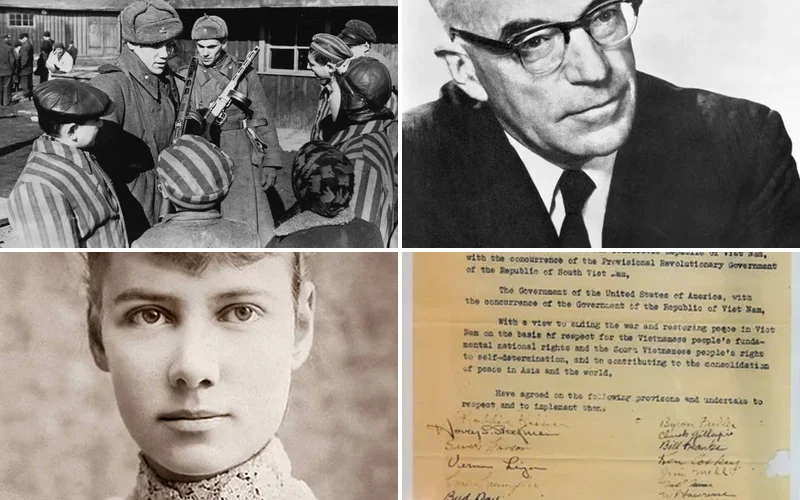
Politics and Government Events on January 27
1916 – British Military Service Act Introduces Conscription
The British government passed the Military Service Act, fundamentally altering the nature of military service in the United Kingdom. This legislation marked Britain’s first implementation of mandatory military conscription during World War I.
The act represented a dramatic shift from voluntary enlistment to compulsory service. Parliament’s decision reflected the urgent need for manpower as the Great War intensified across European battlefields.
1927 – Ibn Saud Proclaims Kingdom of Nejd

Ibn Saud formally adopted the title of King of Nejd, consolidating his power across the Arabian Peninsula. This declaration marked a crucial step toward the eventual formation of modern Saudi Arabia.
The proclamation strengthened Ibn Saud’s legitimacy among tribal leaders and foreign powers. His strategic political maneuvering laid the foundation for unifying the disparate regions under centralized rule.
1965 – South Vietnamese Government Overthrown
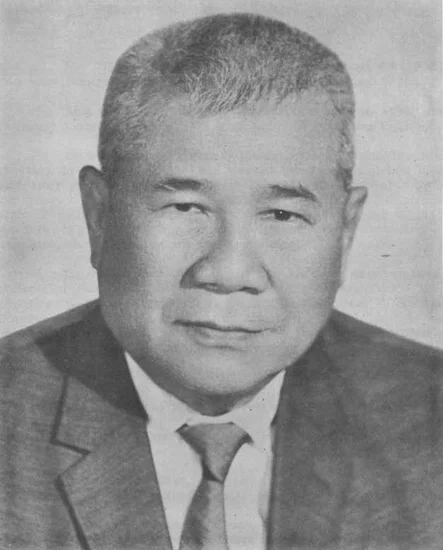
The military junta led by Nguyễn Khánh successfully removed Prime Minister Trần Văn Hương from power. This coup represented another chapter in South Vietnam’s political instability during the Vietnam War.
The removal demonstrated the fragile nature of South Vietnamese democracy during wartime. Political upheaval continued to plague the nation as military leaders struggled for control.
1973 – Paris Peace Accords End Vietnam War
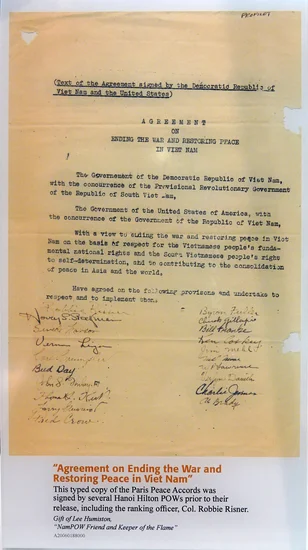
The Paris Peace Accords were officially signed, bringing an end to America’s involvement in the Vietnam War. Colonel William Nolde tragically became the conflict’s final recorded American combat casualty on this same day.
The agreement marked a watershed moment in American foreign policy and military engagement. The accords promised peace but left many underlying conflicts unresolved in Southeast Asia.
1996 – Military Coup in Niger
Colonel Ibrahim Baré Maïnassara seized power in Niger, overthrowing the democratically elected president Mahamane Ousmane. This military coup ended Niger’s brief experiment with democratic governance.
The overthrow highlighted the fragility of democratic institutions in post-colonial Africa. International observers condemned the military’s intervention in the civilian government.
Military and Naval History on January 27
1918 – Finnish Civil War Begins
The Finnish Civil War erupted as political tensions reached a breaking point following Finland’s independence from Russia. The conflict pitted the socialist “Reds” against the conservative “Whites” in a devastating internal struggle.
The war would tear Finnish society apart for months, leaving lasting scars on the nation. Foreign interventions from Germany and Soviet Russia complicated the domestic conflict significantly.
1943 – First American Bombing of Germany
The Eighth Air Force launched ninety-one B-17s and B-24s against German U-boat construction yards at Wilhelmshaven. This marked the first American bombing attack on German soil during World War II.
The raid demonstrated America’s growing air power capability in the European theater. Strategic bombing campaigns would escalate dramatically as Allied forces pressed their offensive against Nazi Germany.
1944 – Siege of Leningrad Lifted
After 900 harrowing days, the Soviet military finally lifted the brutal siege of Leningrad. This triumph marked one of the most significant victories in the Eastern Front campaign.
The siege had claimed over one million civilian lives through starvation and bombardment. Leningrad’s survival became a symbol of Soviet resilience and determination against Nazi aggression.
1945 – Auschwitz-Birkenau Liberation
The Soviet 322nd Rifle Division liberated the remaining inmates of the Auschwitz-Birkenau concentration camp complex. This liberation revealed the full horror of Nazi genocide to the world.
Soviet forces discovered evidence of systematic murder and human experimentation on an unprecedented scale. The camp’s liberation became a defining moment in Holocaust remembrance and documentation.
1980 – Canadian Caper Rescue Mission
American and Canadian governments successfully executed a covert operation to rescue six American diplomats from Iran. The “Canadian Caper” represented exceptional international cooperation during the Iranian hostage crisis.
The daring rescue operation involved elaborate deception and false identities to extract the diplomats safely. This successful mission strengthened American-Canadian diplomatic relations during a tense period.
Science and Discovery Milestones on January 27
1951 – Nevada Nuclear Testing Begins
Operation Ranger commenced nuclear testing at the Nevada Test Site, marking the beginning of continental United States atomic weapons testing. This program would fundamentally alter American defense strategy and environmental policy.
The testing program represented America’s commitment to maintaining nuclear superiority during the Cold War. Atmospheric nuclear tests would continue for decades, raising concerns about radiation exposure and environmental impact.
1967 – Outer Space Treaty Signed
The Soviet Union, United States, and United Kingdom signed the Outer Space Treaty in Washington, D.C. This landmark agreement banned nuclear weapons deployment in space and limited celestial body usage to peaceful purposes.
The treaty established crucial principles for space exploration and international cooperation. These agreements prevented the militarization of space during the height of Cold War tensions.
2011 – Hottest White Dwarf Documented
Astronomers documented H1504+65, a white dwarf star with the universe’s hottest known surface temperature at 200,000 Kelvin. This discovery expanded scientific understanding of stellar evolution and extreme cosmic environments.
The white dwarf’s exceptional temperature provided insights into stellar death processes and nuclear fusion. This finding contributed to broader research on stellar lifecycles and cosmic phenomena.
2017 – Tennessine Element Naming Ceremony
A formal naming ceremony for the chemical element tennessine took place in the United States. This super-heavy element expanded the periodic table and advanced nuclear physics research.
The element’s creation required sophisticated particle accelerators and international scientific collaboration. Tennessine’s discovery demonstrated continued progress in understanding atomic structure and nuclear properties.
Cultural and Arts Events on January 27
2003 – National Recording Registry Established
The Library of Congress announced the first selections for the National Recording Registry, preserving America’s audio heritage. This initiative recognized the cultural significance of recorded music and spoken word.
The registry aimed to preserve recordings that were culturally, historically, or aesthetically significant. The program ensured future generations would have access to America’s rich audio legacy.
1996 – Germany Observes Holocaust Remembrance Day
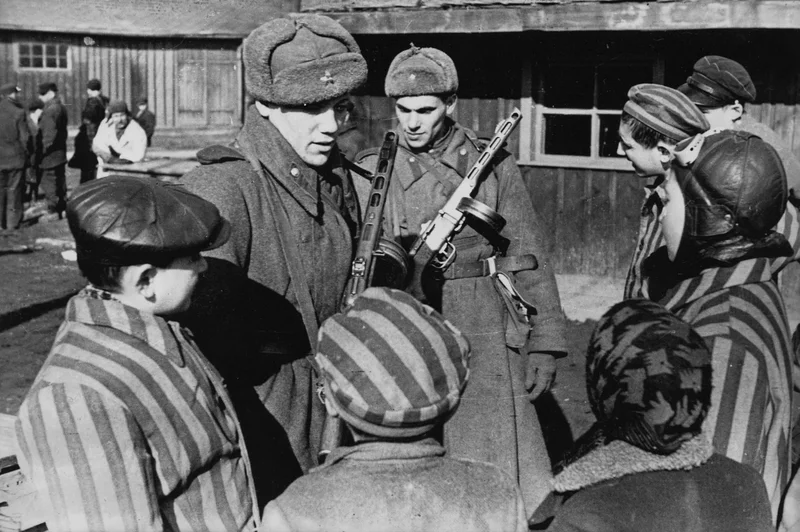
Germany first observed International Holocaust Remembrance Day, acknowledging the nation’s historical responsibility for genocide. This observance marked a significant step in German post-war reconciliation efforts.
The commemoration demonstrated Germany’s commitment to confronting its dark past honestly. Educational programs and memorial services became integral parts of German cultural consciousness.
1928 – Lenin’s Mausoleum Dedication

Six days after Vladimir Lenin’s death, Soviet authorities carried his body into a specially constructed mausoleum in Red Square. This ceremony established a lasting symbol of communist ideology and Soviet power.
The mausoleum became a pilgrimage site for communist supporters worldwide. Lenin’s preserved remains would remain on public display for decades, symbolizing revolutionary ideals and Soviet legitimacy.
Religious and Social Events on January 27
2011 – Yemeni Revolution Begins
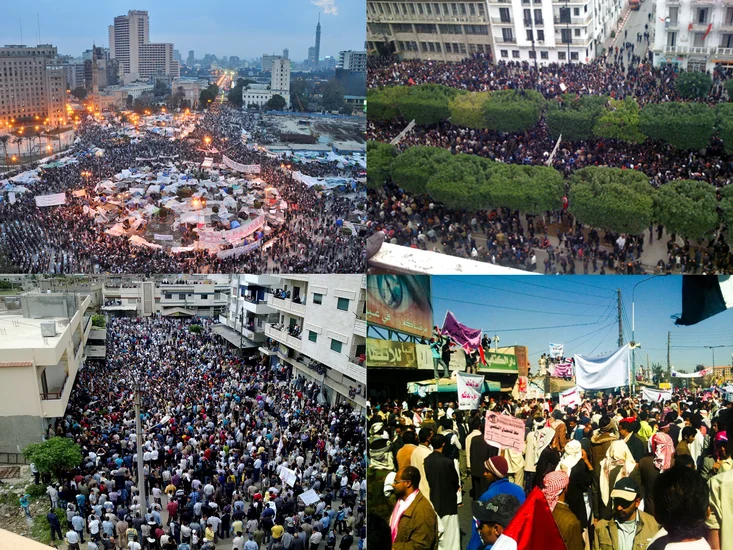
Over 16,000 protesters demonstrated in Sana’a, launching the Yemeni Revolution as part of the broader Arab Spring movement. These protests demanded political reform and economic justice from the authoritarian government.
The demonstrations reflected widespread dissatisfaction with corruption and economic inequality. Yemen’s uprising would contribute to regional political transformation across the Middle East.
2013 – Santa Maria Nightclub Fire
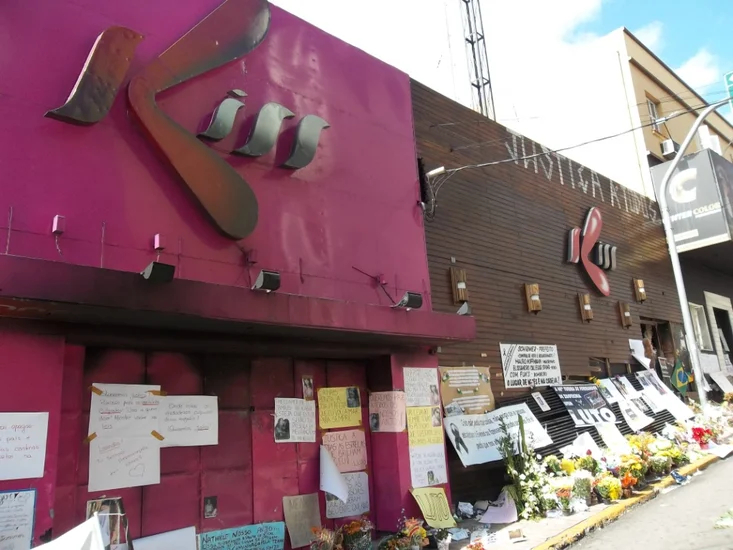
A devastating fire at a nightclub in Santa Maria, Brazil, killed 242 people and injured hundreds more. This tragedy highlighted serious safety deficiencies in public venues and emergency response systems.
The disaster prompted nationwide reviews of fire safety regulations and building codes. Brazil implemented stricter safety standards for entertainment venues following this catastrophic event.
2023 – Tyre Nichols Protests

Widespread protests erupted across the United States following the release of videos showing police brutality against Tyre Nichols. The Memphis Police Department videos sparked national outrage and calls for police reform.
The incident reignited debates about police accountability and racial justice in America. Public demonstrations demanded systemic changes to law enforcement practices and training.
Business and Economic Events on January 27
2010 – Apple iPad Announcement
Apple officially announced the iPad, revolutionizing the tablet computer market and mobile computing industry. This groundbreaking device would transform how consumers interact with digital content and applications.
The iPad’s introduction created an entirely new product category and market segment. Apple’s innovation sparked widespread competition and accelerated mobile technology development across the industry.
2002 – Lagos Military Explosion
An explosion at a military storage facility in Lagos, Nigeria, killed at least 1,100 people and displaced over 20,000 others. This catastrophic accident exposed serious safety deficiencies in military infrastructure management.
The disaster highlighted the dangers of inadequate ammunition storage in populated areas. Nigerian authorities implemented stricter safety protocols for military facilities following this tragedy.
1928 – Bundaberg Vaccine Tragedy
A contaminated diphtheria vaccine caused twelve children’s deaths in Bundaberg, Australia, shocking the medical community. This tragic incident led to major reforms in vaccine manufacturing and quality control procedures.
The tragedy prompted comprehensive reviews of pharmaceutical safety standards and regulatory oversight. Australia implemented stricter protocols for vaccine production and distribution following this devastating event.
Transportation and Infrastructure on January 27
1983 – Seikan Tunnel Breakthrough

The pilot shaft of the Seikan Tunnel achieved breakthrough, marking progress on the world’s longest sub-aqueous tunnel at 53.85 kilometers. This engineering marvel would connect Japan’s main islands of Honshū and Hokkaidō.
The tunnel represented one of the most ambitious infrastructure projects in modern history. Advanced engineering techniques overcame extraordinary geological challenges beneath the Tsugaru Strait.
1939 – Lockheed P-38 Lightning First Flight
The Lockheed P-38 Lightning completed its maiden flight, introducing an innovative twin-engine fighter aircraft design. This distinctive aircraft would become one of America’s most successful World War II fighter planes.
The P-38’s unique configuration provided exceptional performance and versatility in combat operations. Its twin-boom design and central nacelle offered advantages in both speed and firepower capabilities.
1961 – Soviet Submarine S-80 Sinks
The Soviet submarine S-80 sank when its snorkel system malfunctioned, causing catastrophic flooding throughout the vessel. This accident highlighted the inherent dangers of submarine operations during the Cold War era.
The tragedy underscored the risks faced by naval personnel in advanced submarine warfare. Soviet authorities implemented improved safety protocols following this underwater disaster.
Sports and Recreation on January 27
2010 – Honduran Constitutional Crisis Ends
The 2009 Honduran constitutional crisis concluded when Porfirio Lobo Sosa assumed the presidency of Honduras. This resolution ended months of political turmoil and international diplomatic pressure.
The crisis had divided the international community and disrupted Honduras’s democratic institutions. Lobo’s inauguration represented a return to constitutional governance after prolonged political instability.
2014 – Rojava Canton Declares Autonomy
The Kobanî Canton declared its autonomy from the Syrian Arab Republic during the ongoing Syrian conflict. This declaration established a self-governing Kurdish region amid regional warfare and political upheaval.
The autonomous region implemented democratic governance structures and gender equality principles. Rojava’s experiment in direct democracy attracted international attention and support during the Syrian civil war.
2023 – East Jerusalem Synagogue Shooting

A tragic shooting at a synagogue in Neve Yaakov, East Jerusalem, killed seven people and injured three others. This attack escalated tensions in the already volatile region and prompted international condemnation.
The violence highlighted ongoing security challenges in disputed territories and religious sites. International mediators called for de-escalation and renewed peace negotiations following this tragic incident.
Notable Births on January 27
1901 – Art Rooney, American Football Pioneer
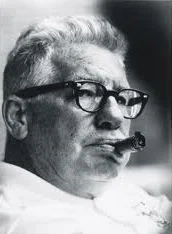
Art Rooney entered the world in Pittsburgh, Pennsylvania, destined to become one of professional football’s most influential figures. His passion for sports and business acumen would shape the National Football League’s future.
Rooney founded the Pittsburgh Steelers and helped establish the NFL as America’s premier professional football league. His leadership and vision transformed professional football from a struggling enterprise into a national phenomenon.
1903 – John Eccles, Nobel Prize-Winning Neurophysiologist
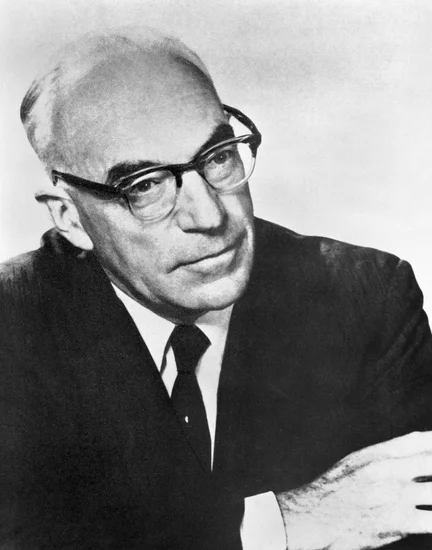
John Eccles was born in Australia, beginning a life dedicated to understanding the human brain and nervous system. His groundbreaking research would revolutionize neuroscience and earn international recognition.
Eccles received the Nobel Prize in Physiology or Medicine for his discoveries about nerve impulse transmission. His work laid the foundation for modern neuroscience and medical treatments for neurological disorders.
1918 – Donna Reed, Hollywood Icon

Donna Reed was born in Iowa, destined to become one of Hollywood’s most beloved actresses. Her wholesome image and talented performances would define American entertainment for decades.
Reed starred in classic films like “It’s a Wonderful Life” and television’s “The Donna Reed Show.” Her portrayal of the ideal American mother influenced popular culture and family entertainment significantly.
1944 – Mairead Maguire, Nobel Peace Prize Laureate
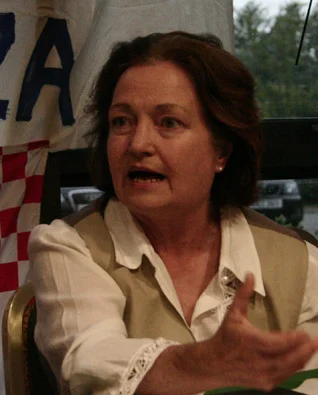
Mairead Maguire was born in Northern Ireland, later becoming a prominent peace activist during the Troubles. Her courageous advocacy for non-violence would earn international recognition and respect.
Maguire co-founded the Peace People movement and received the Nobel Peace Prize for her efforts. Her work helped reduce sectarian violence and promoted reconciliation in Northern Ireland.
1948 – Mikhail Baryshnikov, Ballet Legend
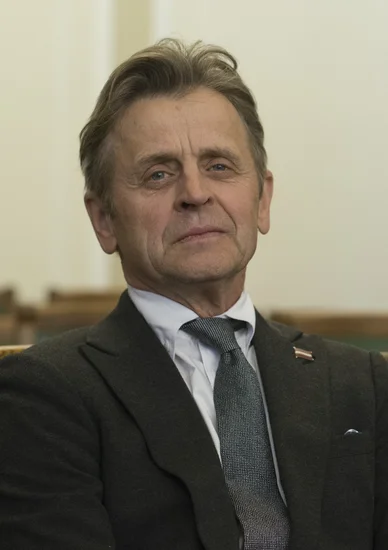
Mikhail Baryshnikov was born in the Soviet Union, destined to become one of ballet’s greatest performers. His exceptional talent and artistic vision would transcend cultural and political boundaries.
Baryshnikov defected to the West and became a principal dancer with major companies worldwide. His performances redefined classical ballet and inspired countless dancers and choreographers.
1955 – John Roberts, Chief Justice of the United States
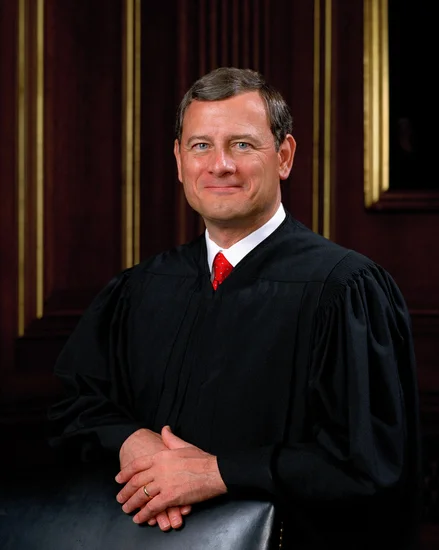
John Roberts was born in New York, beginning a distinguished legal career that would reach the highest levels of American jurisprudence. His constitutional expertise and judicial temperament would shape the Supreme Court.
Roberts became the 17th Chief Justice of the United States Supreme Court at age 50. His leadership has influenced major constitutional decisions affecting American law and society.
1961 – Narciso Rodriguez, Fashion Designer

Narciso Rodriguez was born in New Jersey to Cuban parents, later becoming one of America’s most celebrated fashion designers. His elegant designs would dress first ladies and fashion icons worldwide.
Rodriguez’s minimalist aesthetic and impeccable craftsmanship earned critical acclaim and commercial success. His designs have influenced contemporary fashion and established him as a leading American designer.
Notable Deaths on January 27
1901 – Giuseppe Verdi, Opera Composer
Giuseppe Verdi, Italy’s greatest opera composer, died in Milan at age 87. His masterpieces like “La Traviata” and “Aida” had revolutionized operatic storytelling and musical expression.
Verdi’s death marked the end of an era in Italian opera and European classical music. His works continue to be performed worldwide, cementing his legacy as opera’s most beloved composer.
1922 – Nellie Bly, Pioneering Journalist
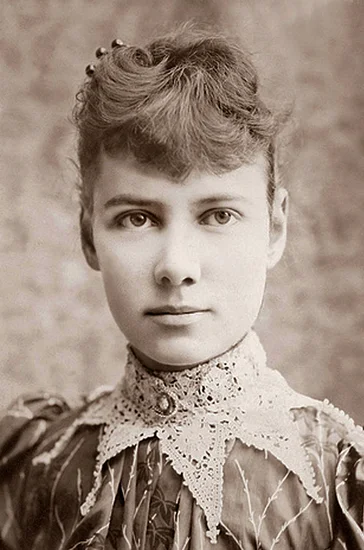
Nellie Bly, the trailblazing investigative journalist, died in New York at age 57. Her fearless reporting and record-breaking world circumnavigation had shattered barriers for women in journalism.
Bly’s exposé of conditions in mental institutions and her 72-day journey around the world made her a household name. Her pioneering work opened doors for future generations of female journalists.
1967 – Apollo 1 Crew Tragedy
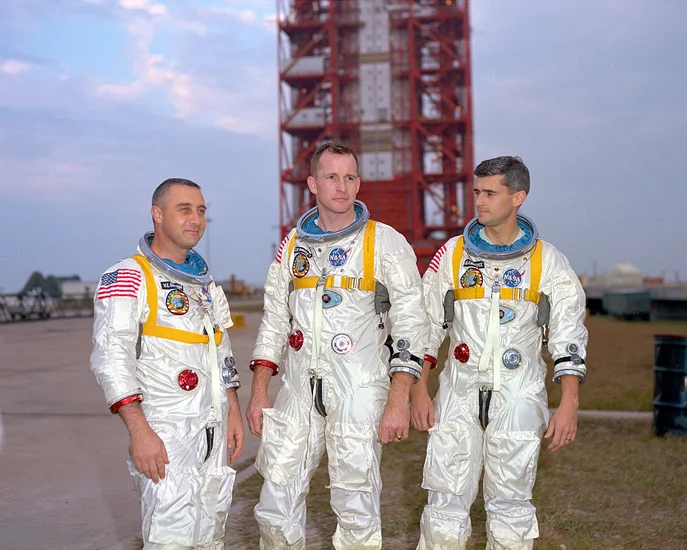
Astronauts Gus Grissom, Ed White, and Roger Chaffee perished in a fire during a test of their Apollo 1 spacecraft. This tragic accident shocked the nation and forced a complete redesign of the Apollo program.
The crew’s sacrifice led to crucial safety improvements that made the moon landing possible. Their deaths reminded Americans of the enormous risks inherent in space exploration.
1983 – Louis de Funès, French Comic Actor

Louis de Funès, France’s most beloved comic actor, died at age 68 after entertaining millions with his expressive performances. His physical comedy and manic energy made him a European cinema legend.
De Funès starred in countless French comedies and became one of Europe’s most recognizable entertainers. His influence on French comedy and popular culture remains significant decades after his death.
1993 – André the Giant, Professional Wrestling Legend

André the Giant, the legendary professional wrestler and actor, died in Paris at age 46. His enormous size and gentle personality made him one of wrestling’s most beloved figures.
André’s appearance in “The Princess Bride” introduced him to mainstream audiences beyond wrestling. His unique combination of size, charisma, and kindness created an enduring legacy in entertainment.
2010 – J.D. Salinger, Reclusive Author
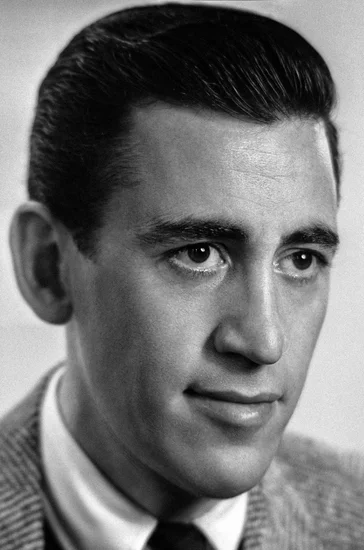
J.D. Salinger, author of “The Catcher in the Rye,” died in New Hampshire at age 91. His iconic novel had defined teenage alienation and influenced generations of readers and writers.
Salinger’s reclusive lifestyle and literary perfectionism created an air of mystery around his work. His exploration of adolescent psychology and social criticism remains relevant to contemporary readers.
2014 – Pete Seeger, Folk Music Icon

Pete Seeger, the legendary folk singer and activist, died at age 94 after decades of promoting social justice through music. His songs became anthems for civil rights and environmental movements.
Seeger’s commitment to social causes and musical excellence inspired countless musicians and activists. His legacy includes both timeless songs and a model for artists engaged in social change.
Holidays and Observances on January 27
International Holocaust Remembrance Day
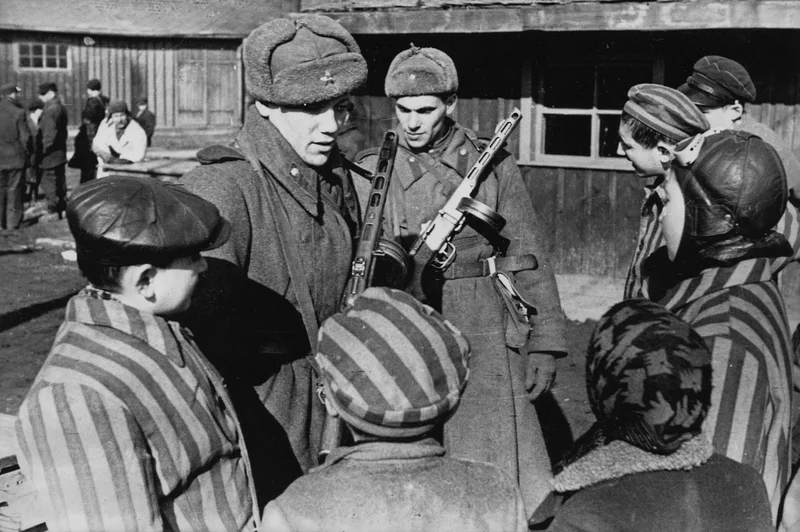
The United Nations designated January 27 as International Holocaust Remembrance Day to commemorate the liberation of Auschwitz-Birkenau. This observance honors the six million Jewish victims and other Holocaust victims worldwide.
Educational programs and memorial services take place globally to ensure future generations understand this dark chapter in human history. The day serves as a reminder of the importance of human rights and dignity.
Day of the Lifting of the Siege of Leningrad
Russia observes this day to commemorate the end of the 900-day siege of Leningrad during World War II. The observance honors the resilience of the city’s inhabitants and the Soviet forces who defended it.
Memorial ceremonies and historical exhibitions remind Russians of the tremendous sacrifice made during the siege. The day represents triumph over adversity and the importance of national unity during crisis.
Saint Sava Day
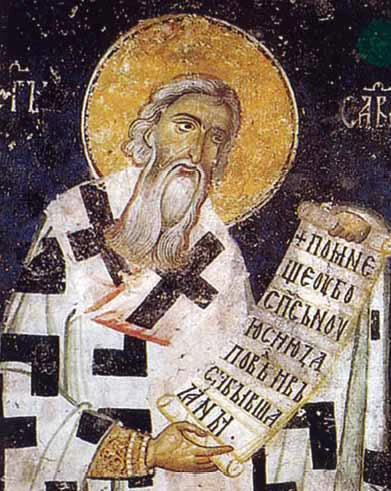
Serbia celebrates Saint Sava, the country’s patron saint and founder of the Serbian Orthodox Church. This religious observance honors the medieval monk who became Serbia’s first archbishop and great educator.
Traditional celebrations include church services, cultural events, and educational programs about Serbian history and orthodoxy. Saint Sava Day reinforces Serbian cultural identity and religious heritage.
